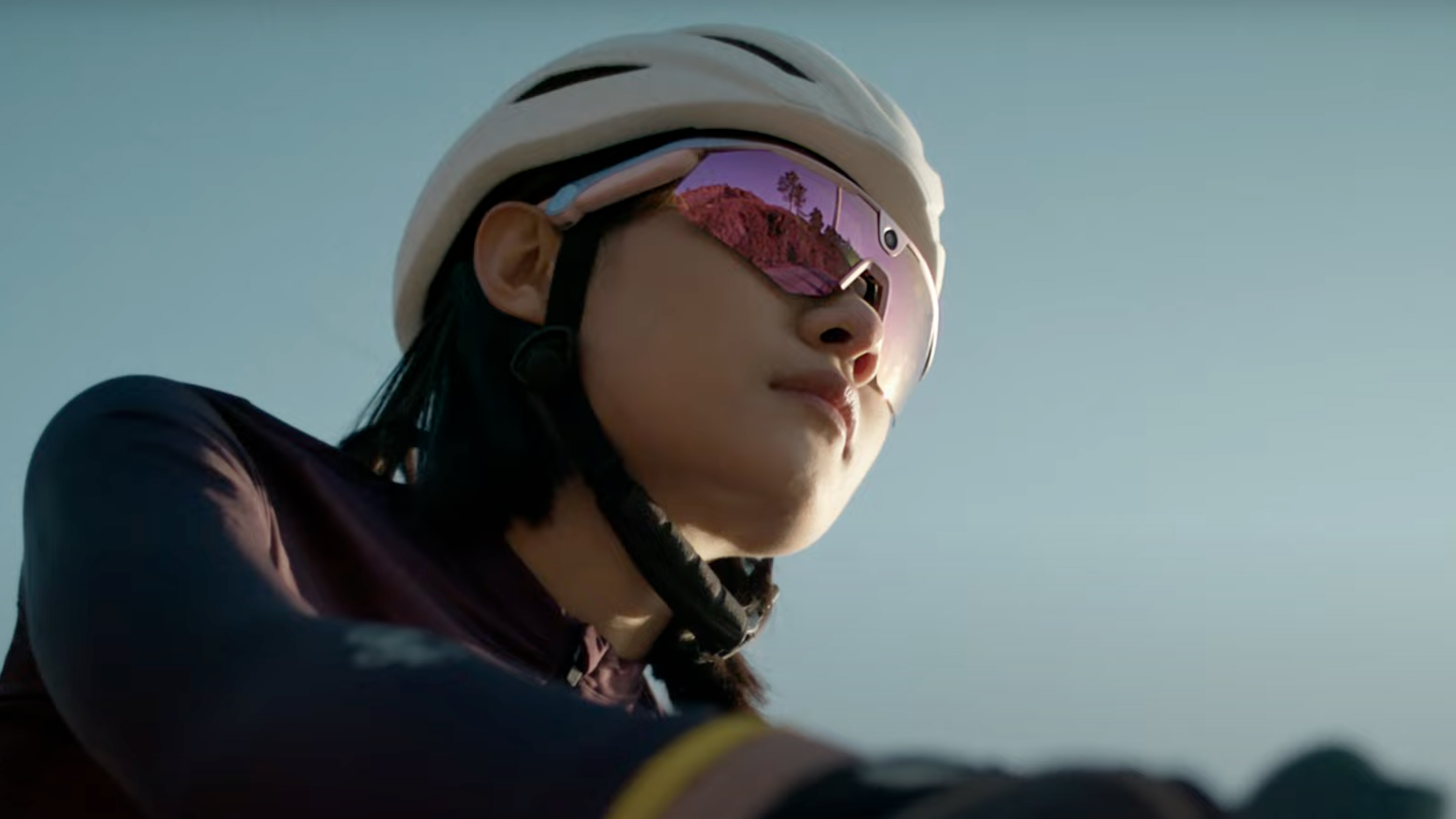Best FPV goggles for drone pilots
Full immersion flight has gone mainstream, so get the best First Person View with the best FPV goggles
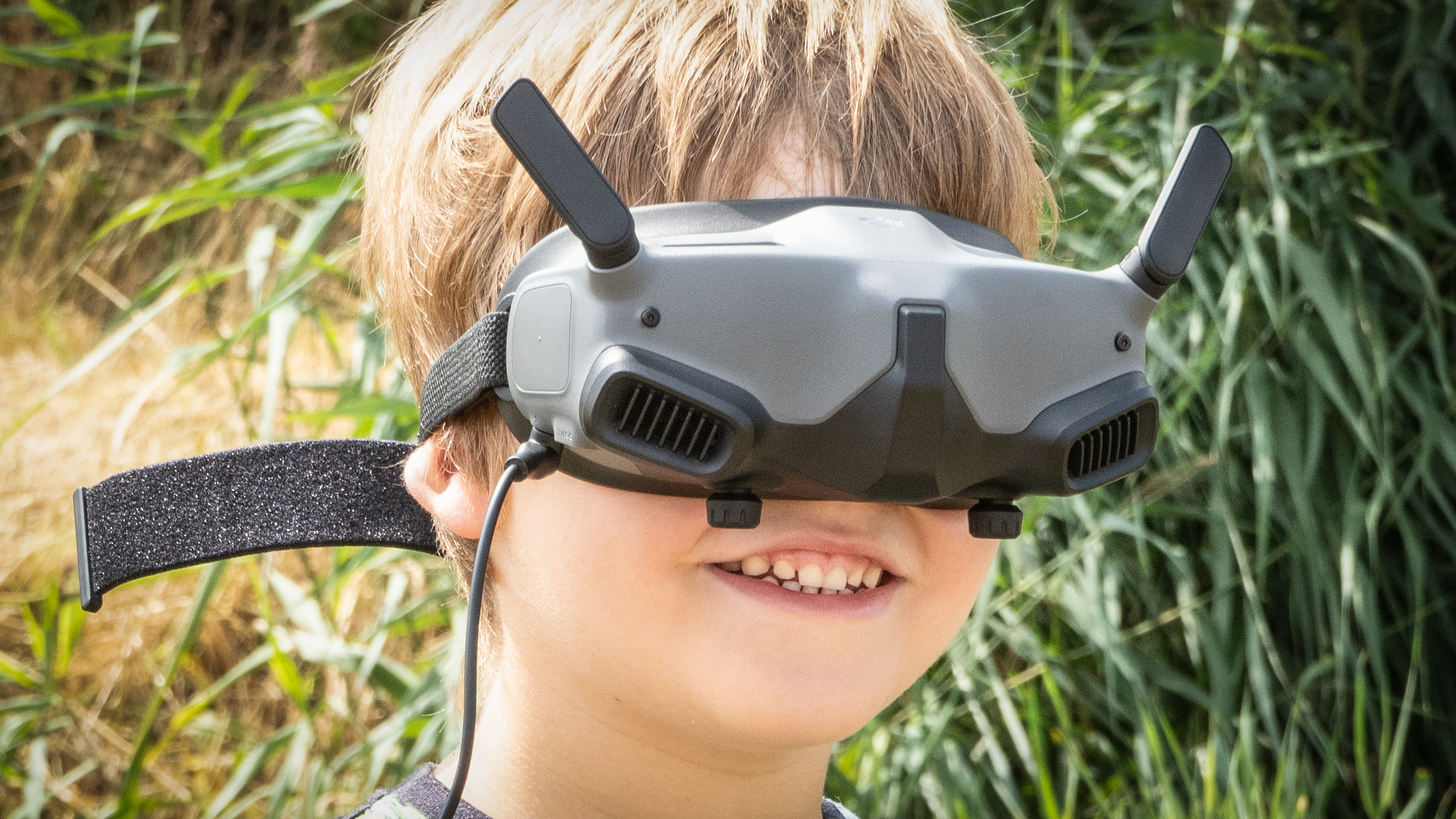
There was a time FPV – First Person View – drones were something of a niche pursuit, but no longer. The world’s largest civil drone manufacturer, DJI, has not only joined the party, but added an FPV option to its cheapest drone – the DJI Neo.
Flying drones from the inside the cockpit view adds a whole new perspective and is a great deal of fun. Done right (with at least on friend as a spotter to keep an eye on the rest of the sky) it's also very sociable.
Inevitably, there is a variety of technologies and budgets; the biggest is the battle between anaglog (which essentially use old-style TV signals). These are low resolution but have the advantage of being very, very low latency and relatively cheap tech. Digital goggles can cost more, but offer crisper, sharper images (until they cut out because digital tends to fail in a very binary way).
Your drone will make that choice for you, though. DJI Neo, for example, only has a Digital system.
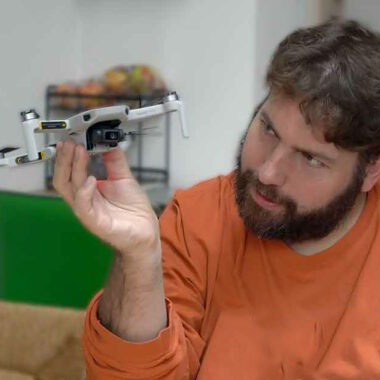
Adam built his first drone when DJI was just another company selling parts in what was a weird hobby niche. Now he is our resident expert on drones, and the author of several books on the subject, including bestsellers The Complete Guide to Drones and The Drone Pilot's Handbook.
The best FPV goggles
Why you can trust Digital Camera World
Best DJI Goggles
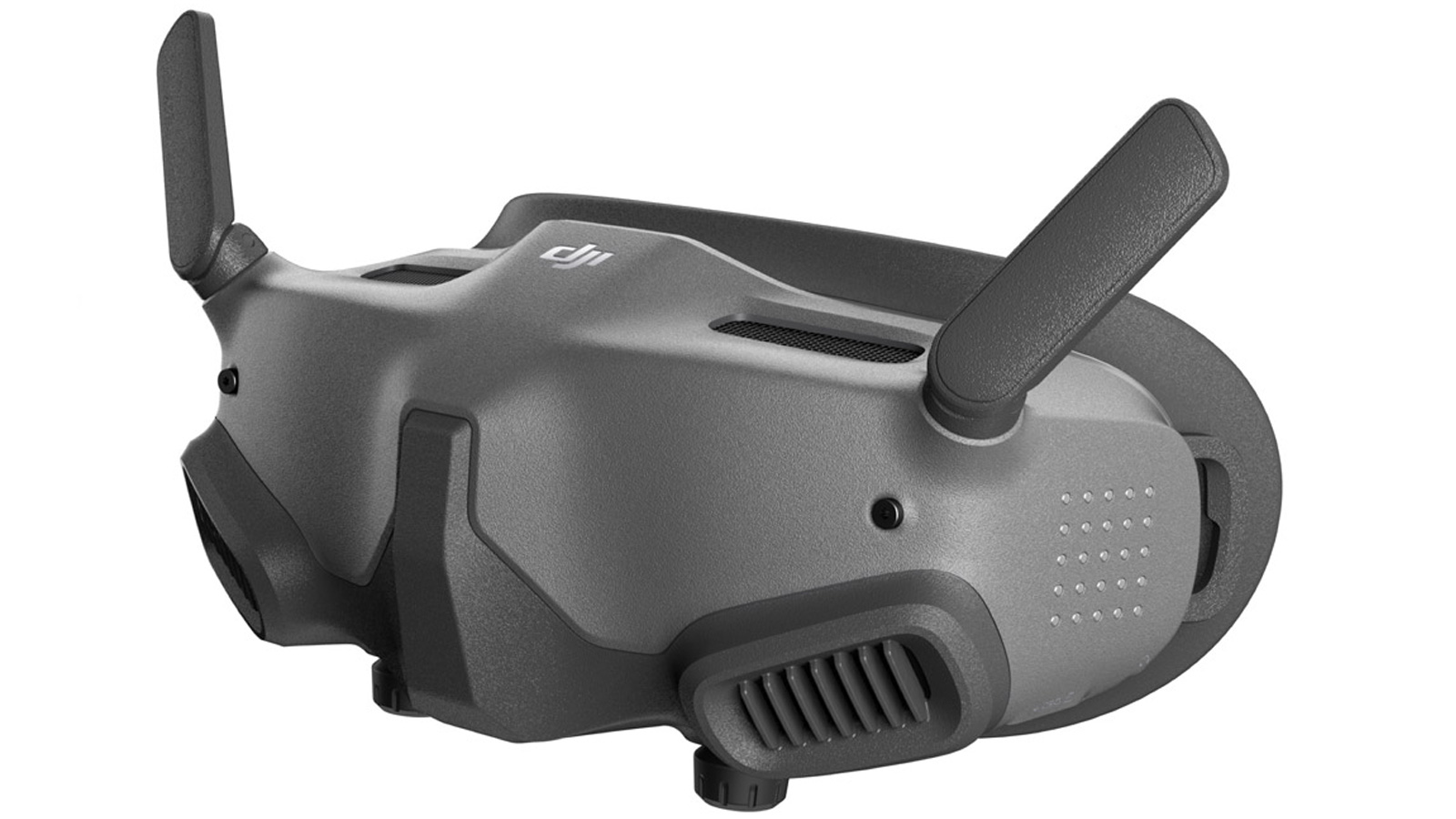
Specifications
Reasons to buy
Reasons to avoid
Launched alongside the new DJI Avata FPV, these goggles address complaints about their bulkier predecessors while sacrificing a few functions which certainly won’t be relevant for Avata pilots. These are our favorite goggles for DJI’s latest, lightest FPV drone because they also a lot smaller and lighter – you’re barely aware you are wearing them. At the moment, at least, they are only available as part of the DJI Avata Pro-View Combo.
Despite the size, the OLED display is clean and sharp (and boasts a contrast boost option too) – just one of the features the goggles are stocked with. There is a microSD card to record the video stream, splashproof controls via a touchpad, the ability to broadcast video to other goggles, on-screen display options and more.
Physically easily adjusted dioptres and get a clear image which is great, especially on such a compact design – though some do find the fit a bit uncomfortable, but on a warm day the fan will keep them ventilated. We also appreciate the sensor which standbys the screen as soon as you’re not using the goggles. We tested the DJI Goggles 2 in our full DJI Avata review.
Cheapest DJI Goggles
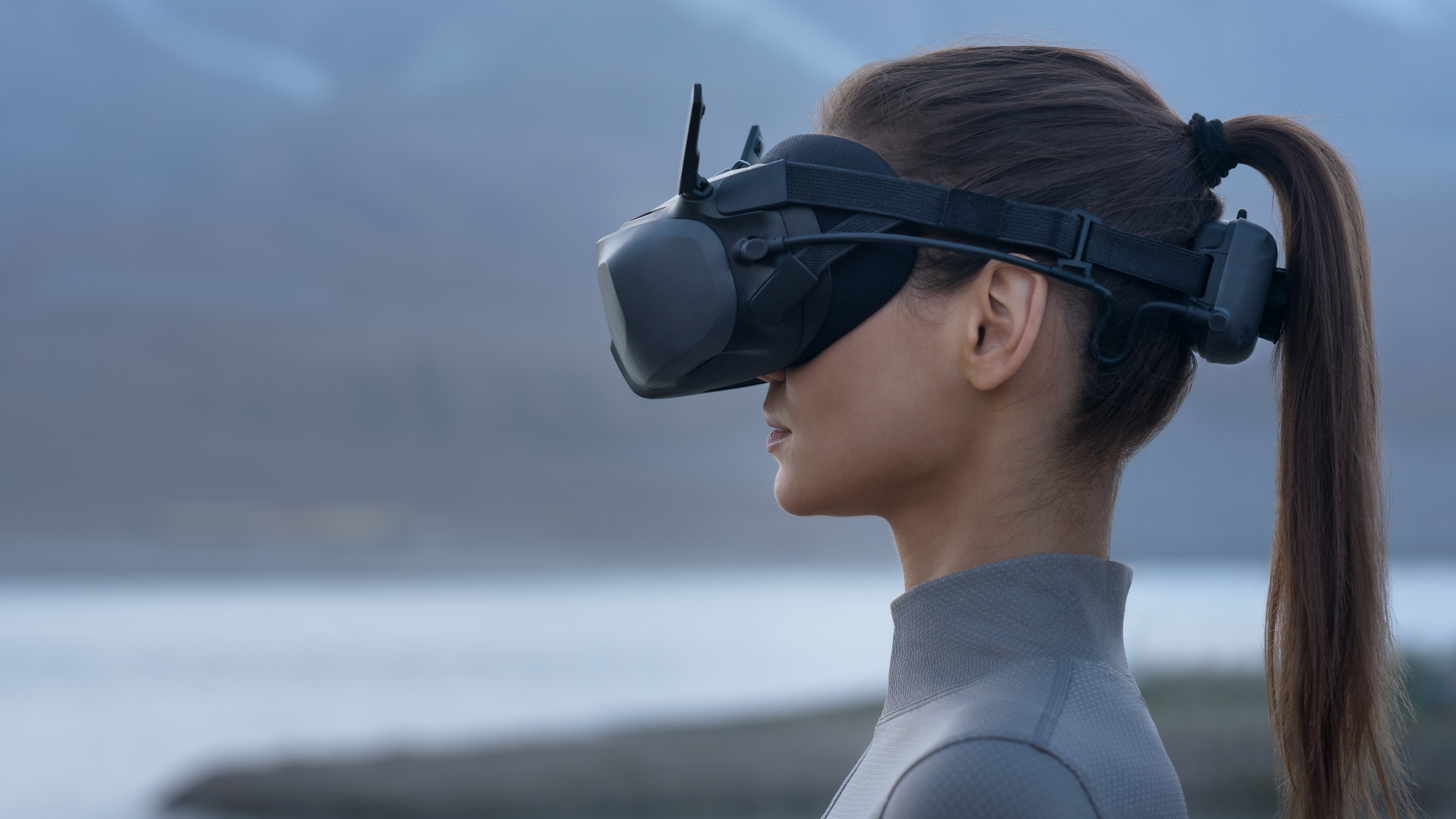
2. DJI Goggles N3
Our expert review:
Specifications
Reasons to buy
Reasons to avoid
The Goggles N3 are – especially by the standards of the recent past – brilliant goggles. They offer 1080P digital video, which not long ago was a dream for most FPV pilots, and do so for a very low cost of entry, all things considered (especially compared to DJI's other offerings). The main drawback, in fact, is that (at launch) you can't use the goggles with anything except the DJI Avata 2 and, perhaps more importantly, the DJI Neo.
Beyond that the goggles offer a surprisingly premium experience. There is decent weight distribution and a good battery life. DJI's menu system is easy to use (especially if you're using DJI's controller), and, frankly, I'm a little surprised the price is this low. You can also record to a MicroSD card slot.
The reason that DJI are able to maintain a higher-end alternative is that these googles are 60Hz whereas the Goggles 3 can manage an even-more-immersive 100Hz and have wider compatibility.
Best entry level FPV Goggles
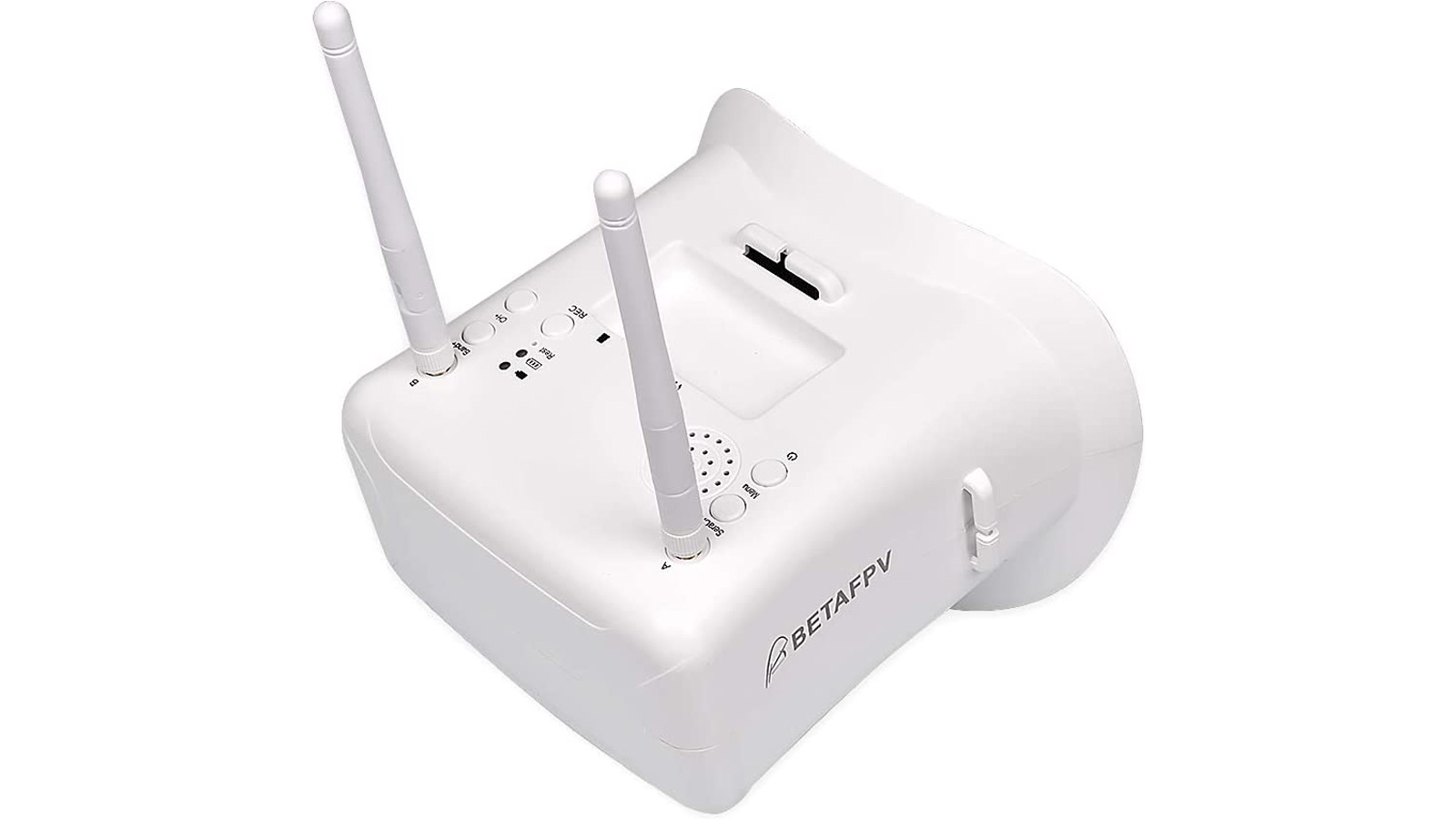
3: BetaFPV VR01
Specifications
Reasons to buy
Reasons to avoid
These are excellent beginners goggles, especially where budget is an issue. Unlike smaller goggles, the design is large with a single LCD display some distance from the eyes. For some this ‘box goggle’ is a preferable but the frame still includes a fan to prevent misting, even though this is less of an issue than with smaller devices.
Some pilots might find the non-adjustable and wide field of view which comes with a big screen an issue – it’s a little hard to see into the corners – but others prefer the approach. The menus are visible and easy to operate with the five buttons atop.
Despite the low cost of entry, the goggles do record video at a nominal resolution of 1280 x 720; more than good enough to enjoy and share your stunts. Despite the dual dipole antennas, there is only one receiver, but at least it is built in, keeping costs down for analog FPV beginners.
Best for DJI FPV

Specifications
Reasons to buy
Reasons to avoid
Introduced with the DJI FPV Combo, DJI’s first FPV drone in late 2021, the design is based on one DJI already made available to the wider FPV community – drone builders could fit DJI’s digital video transmission system. It’s also now offered as a choice with the newer Avata for slightly less cash than the DJI Goggles 2 (as opposed to V2 – naming is insanely confusing).
Design-wise these goggles are big and impressive, though the weight necessitates an over-head strap not found on smaller headsets. The four antennae make for good reception, and the system’s menus include, of course, drone settings in an all-DJI setup. The bigger size means the goggles can be worn over glasses, like box goggles (and we’d hardly call them low-profile!).
The relatively long life of the form factor means that there are also accessories available in the community, which is great. The lower cost for DJI Avata customers doesn’t mean you’ll suffer a lot of function loss, but you do lose the ability to connect to your phone and watch videos. (These goggles come in the Avata ‘Smart Combo’, while the Goggles 2 come in the ‘Pro-View Combo' – see our DJI Avata review). We tested the DJI FPV Goggles V2 in our full DJI FPV review.
Best Fat Shark
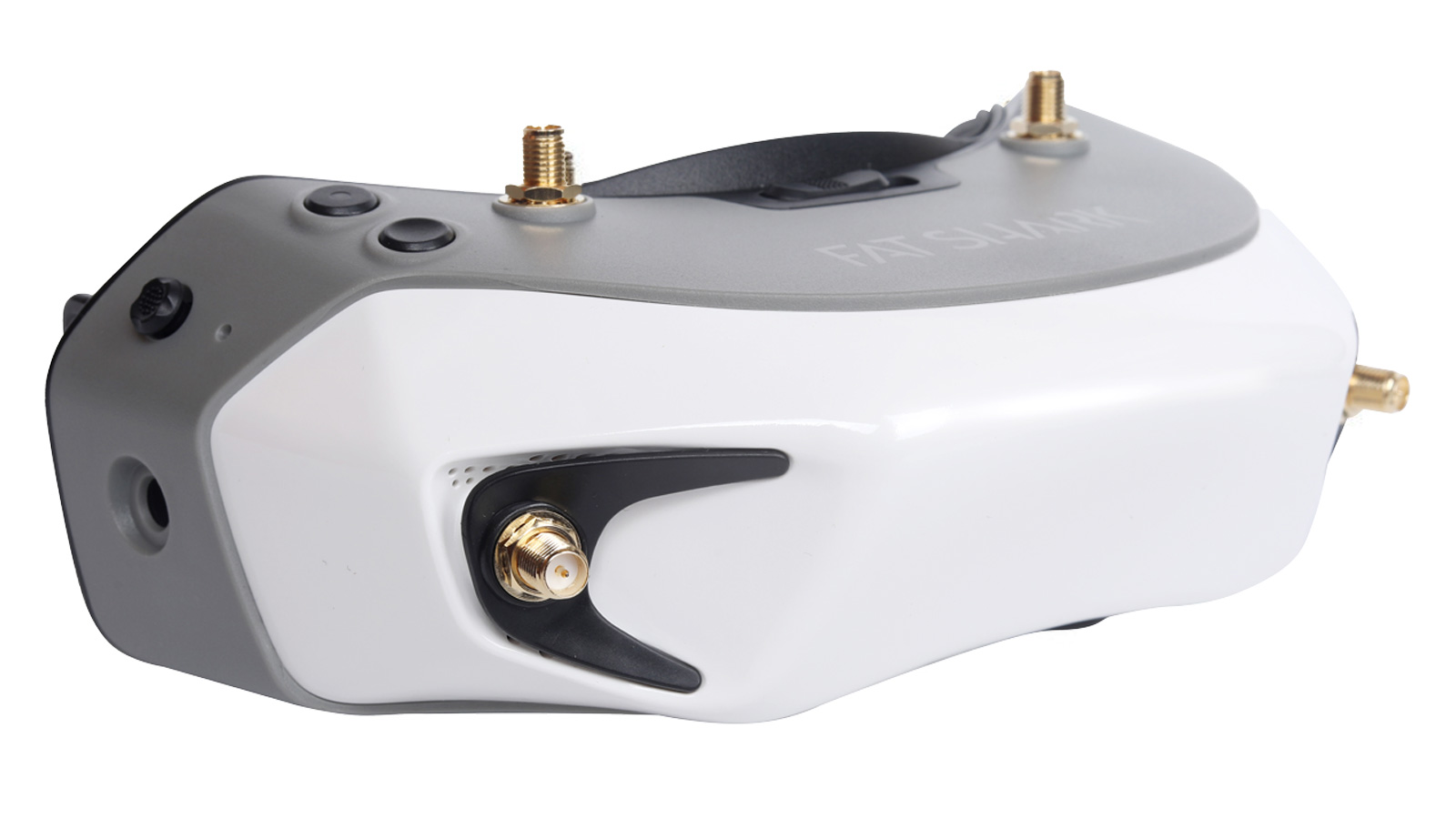
5: Fat Shark Dominator HD
Specifications
Reasons to buy
Reasons to avoid
Despite their small profile, these goggles from Fat Shark pack a lot of features including a new more consumer-friendly OS. The brand has also managed to sneak a little nod to their community-loved brand by creating a slightly shark-esque profile in these digital-friendly goggles. The goggles also include replicable face-plates and wedges to help secure a good fit.
These are not analog goggles, but built around the Walksnail Avatar video system; this is a digital alternative to traditional analog FPV which is exciting the community since it is designed for their needs. There is, for example, a simple USB-C to HDMI cable for video out, and the option of battery information from non-DJI batteries, even without a flight controller. Traditional Betaflight controls are accessed via ‘Avatar’ – essentially the goggles have glossy modern menus, but let you get to the tech underneath too via their menus.
Latency will drop to about 31m/s at 1080p but the goggles look good at 720p too when latency will be as little as 19m/s. At launch, the only compatible video system is Walksnail. It’s a good system, but can only record to the local 7GB – no microSD – though you can use the goggle’s microSD to record at up to 1080p 60fps.
Best for looks
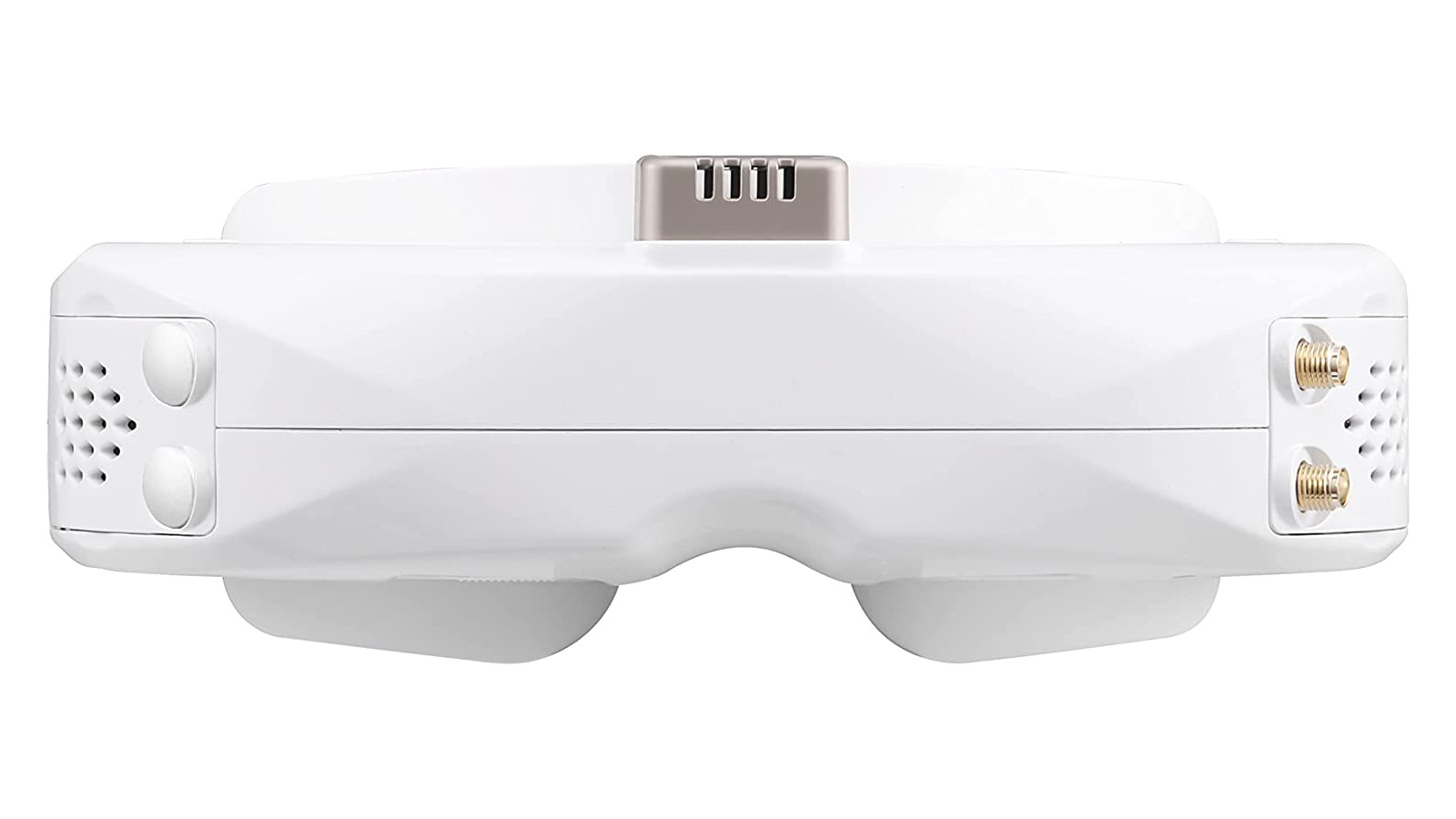
6: Skyzone SKY04L V2
Specifications
Reasons to buy
Reasons to avoid
Skyzone has worked its way up in the goggles market, and this “Lite” version of their Sky04X series swaps the OLEDs for cheaper, but still clear, LCOS monitors. Importantly the inclusion of a receiver and antennas means, like budget goggles, you’re not going to have to dip straight into your pocket there. That said, you do have the option to replace either which should stand you in good stead as you progress.
Higher end features like 3-axis gyro and accelerometer head tracking are built-in, and the included DVR works up to 60fps. The HDMI-in could also prove handy. Like other low-profile goggles external battery power is used, and pleasingly the system can cope with up to 6S (unlike the Fat Shark Dominators).
In terms of fit, the built-in fan will help, and the dioptres and IPD have a broad range of adjustments making these a fine choice for those who need quite strong prescriptions.
Most flexible
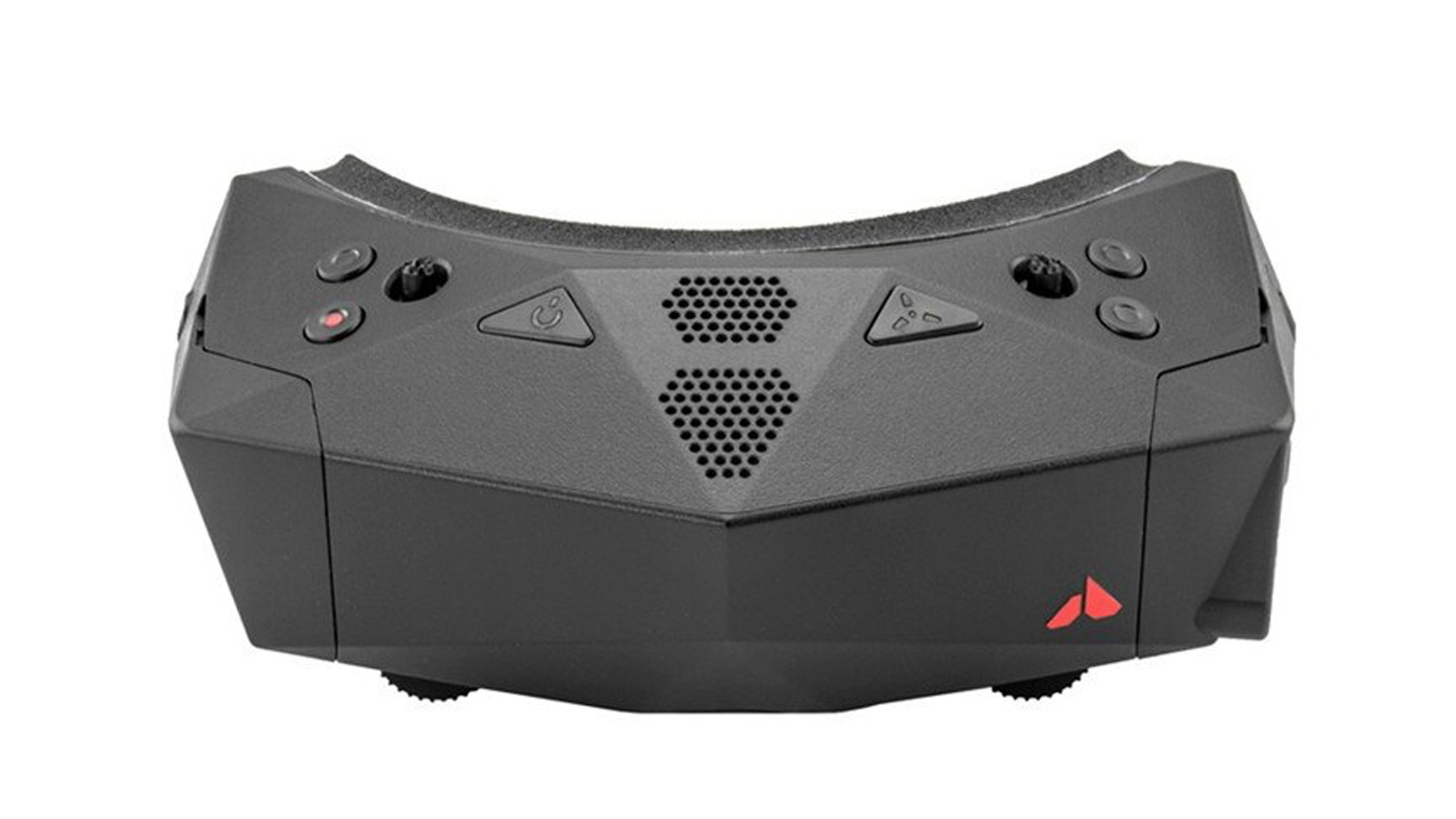
7: ORQA FPV.One
Specifications
Reasons to buy
Reasons to avoid
The looks of a stealth bomber might be enough to draw you to these goggles, but there is more than that. With tracking systems, the goggles can not only go into auto-standby when away from the eyes but watch your head tilt and let you know when you’re not in the best alignment with your quad.
You’re not stuck to a single receiver; you can choose from a number of analog receivers (you’ll need one) to put into the hidden recess. Rapidfire or TBS fusion, for example; in both cases you’ll need to pay for the module. The goggles also offer a wi-fi upgrade (around $60) which can connect to a phone as well as add over-the-air software updates – this can go in the secondary upgrade bay without affecting the looks.
Analog video can be recorded digitally using the DVR, and there is also a microphone to record audio if you want to narrate your flights live, and headphone socket for listening back. It can record up to 1280 x 960 at 60fps – better than many equivalents. Other menu settings are great too and – unusually – the menus have the gloss and usability of high-end consumer products, so DJI regulars could comfortably make the switch without being swamped by poor UX.
FAQs
Will I be able to use Apple Vision Pro for FPV?
In short, we don't know yet, though as I was writing the WWDC live blog it was one of the first thoughts I had. It's encouraging that Apple is claiming the system is built for very low latency, but there isn't a lot of detail available about connectivity. It seems a fair bet at least one developer will be thinking about it. After all, there are simulators that work already on VR.
Can I VR goggles like Oculus Quest for FPV?
The best way to "fly" FPV with the Quest is using a simulator like Yue's VR FPV Sim which gives the chance to test your skills without posing any risk to your drone or people.
How we choose products for the list?
For the most part I've tested the goggles here hands on, but because flying FPV is a very personal experience I also speak to my FPV-loving friends and trawl reviews to ensure every style of flight (and budget) is covered. I, Adam, and at DCW in general we have a bias toward photography and video so we do consider the display quality a higher factor than some racing-only FPV fans. Misting – the effect of goggles becoming hard to see from evaporating sweat on a hot day – is also a serious concern. As a bonus, we also look for extras like external inputs.
What is best – low profile or box FPV goggles
The two main types of FPV goggles are low profile and box-shaped; boxes use a single screen which by necessity has to be further from the eyes so they look, well, boxy. Low-profile designs are more compact, and pricier. Some use fans to prevent misting. Generally, there are adjustments that allow for them to be worn despite a glasses prescription.
What are the key features to look for on FPV goggles?
As well as the shape, make sure you're getting the correct video support – native digital ones which are high quality but pricey, while the traditional analog usually has the ultimate in low latency for stunt pilots at the expense of low quality.
Some goggles include receivers and antennas, others just have places for them to be added. Be sure you’re getting what you need to communicate with your drone.
Other aspects to keep an eye out for are built-in DVR – and the resolution thereof – as well as the screen’s resolution and tech (LED is usually cheaper, LCOS in the middle, and OLED the best).
Read more:
The best drone accessories
Best drones for aerial photography
The best indoor drones
Best travel drones
Drone rules, regulations and registration
Get the Digital Camera World Newsletter
The best camera deals, reviews, product advice, and unmissable photography news, direct to your inbox!

With over 20 years of expertise as a tech journalist, Adam brings a wealth of knowledge across a vast number of product categories, including timelapse cameras, home security cameras, NVR cameras, photography books, webcams, 3D printers and 3D scanners, borescopes, radar detectors… and, above all, drones.
Adam is our resident expert on all aspects of camera drones and drone photography, from buying guides on the best choices for aerial photographers of all ability levels to the latest rules and regulations on piloting drones.
He is the author of a number of books including The Complete Guide to Drones, The Smart Smart Home Handbook, 101 Tips for DSLR Video and The Drone Pilot's Handbook.
